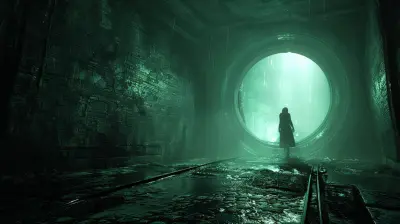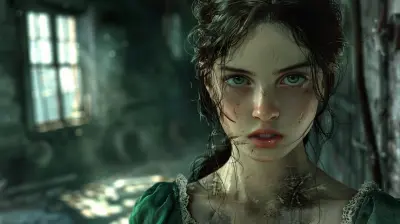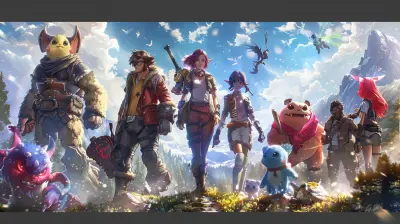How to Use Color Theory in Game Design to Influence Player Emotions
12 May 2025
Ever wondered why a specific game makes you feel tense in one moment and completely at ease in the next? Or why some games seem to pull you into their world so effortlessly? A huge part of that magic lies in color theory—a powerful tool game designers use to tweak player emotions and craft immersive experiences. Think of color as the unsung hero of game design, silently shaping how we feel during every moment of gameplay.
In this article, we're going to dive headfirst into the colorful world of game design, breaking down how you can use color theory to influence player emotions. Whether you're a developer, an aspiring designer, or just someone curious about what makes games tick, stick around. This is about to get really interesting!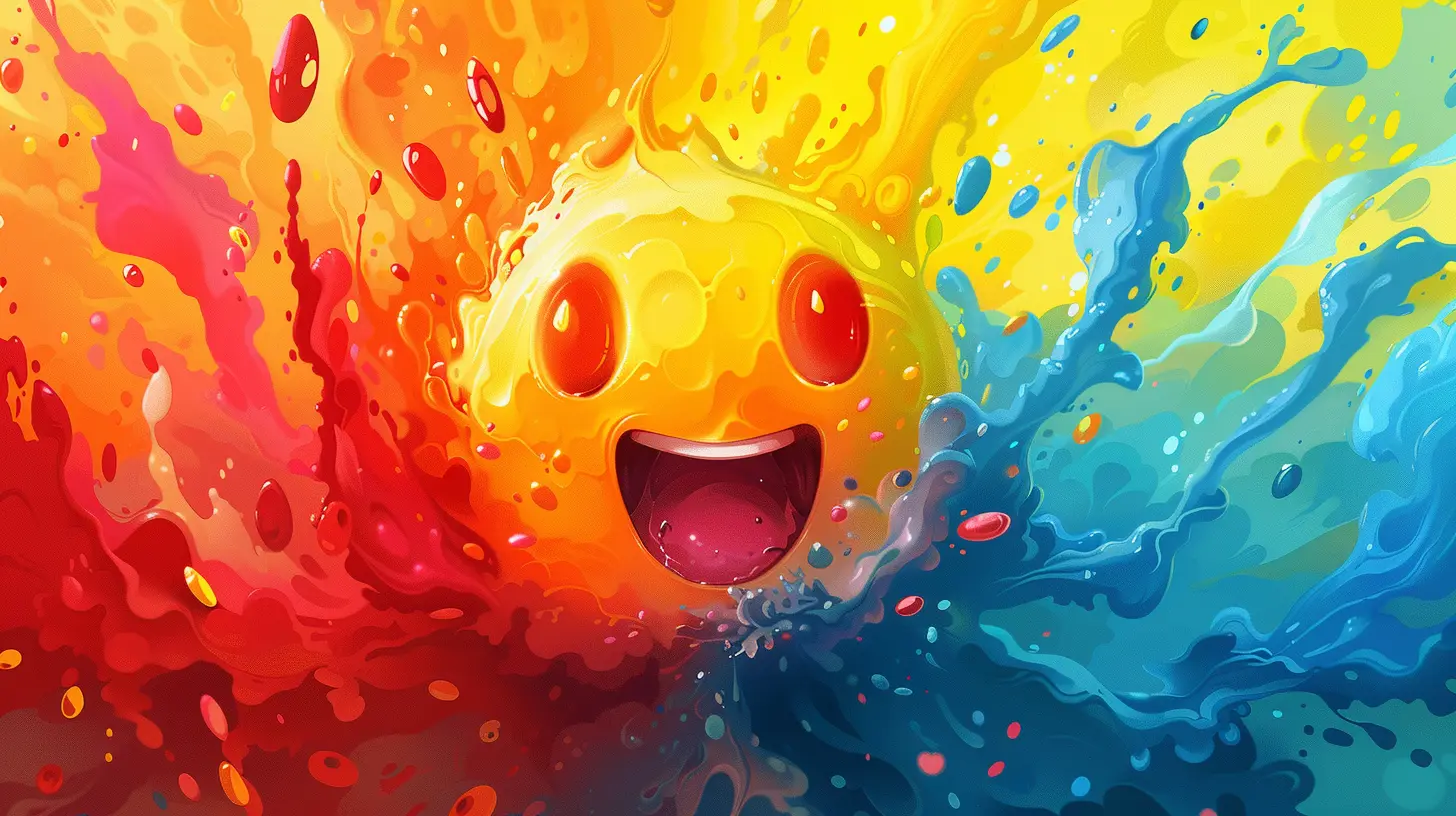
What Is Color Theory, and Why Is It So Important?
Before we get into the nitty-gritty, let's start with the basics. Color theory is all about understanding how colors interact, mix, and work together to evoke certain feelings or reactions. Think of it as the science and art of using color to tell a story. In the world of game design, it's like having a cheat code for emotions—it lets you guide players into feeling exactly what you want them to feel.Colors aren’t just pretty visuals; they’re psychological triggers. A calm blue? It can make you feel serene, as though you're floating on a quiet lake. A fiery red? It amps up your adrenaline like you're in the middle of a dramatic boss fight. In game design, color is one of the most effective ways to set the tone, create contrast, and make a game world feel alive.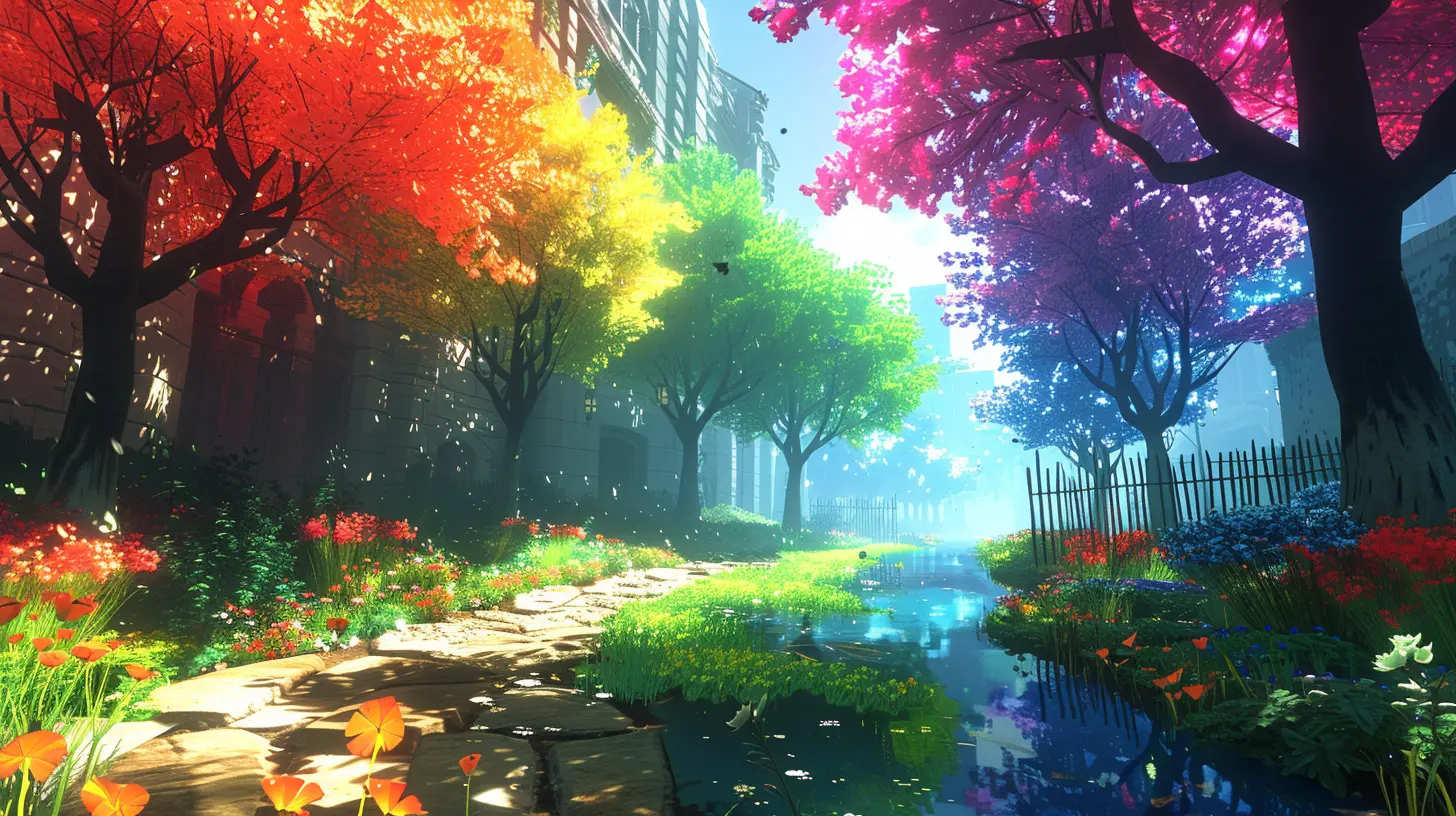
The Psychology of Colors in Gaming
Alright, here's where it gets fun. Different colors have different psychological effects. You may not realize it, but your brain is hardwired to associate certain emotions with specific colors. Let’s break down some of the key colors and what they typically convey in games:1. Red – Danger, Passion, and Urgency
Red is the go-to color for action-packed, intense moments. Whether it's a health bar depleting or flashing red lights signaling imminent danger, this color yells, "Pay attention!" In games, it's often used to ramp up tension or signify high-stakes scenarios. But hey, it’s not all doom and gloom—red can also symbolize passion or excitement.Example in Games:
Think about how the screen flashes red when your character is low on health in Call of Duty. You’re instantly on edge, aware that you’re one hit away from defeat.2. Blue – Calm, Reliability, and Depth
Blue whispers "relax" into your brain. It's a color that builds trust and reassurance—it’s why so many RPGs use blue in menus or during peaceful moments. It also represents vastness, perfect for depicting oceans, skies, or magical realms.Example in Games:
Think of the tranquil blue skies in Journey. The color pulls you into a state of calm and wonder as you traverse the desert sands.3. Green – Growth, Nature, and Health
Green is tied to life and energy, which is why it’s often used to represent health bars or save zones in games. It’s also the color of exploration, adventure, and the great outdoors—perfect for open-world games.Example in Games:
The lush green fields in The Legend of Zelda: Breath of the Wild make you feel free, adventurous, and ready to explore uncharted territory.4. Yellow – Optimism and Caution
Yellow is a tricky one—it can feel bright and optimistic but also serve as a warning. In game design, it often signals something important, like an item you can interact with or an upcoming threat.Example in Games:
In Portal, yellow buttons clearly indicate interactable objects, blending caution with curiosity.5. Purple – Mystery and Magic
Purple screams “mystical.” Whenever you want something to feel mysterious or otherworldly, purple does the trick. It’s the color of potions, magic spells, and anything that doesn’t quite belong to the normal world.Example in Games:
The eerie purple glow of the Ender Portal in Minecraft gives off an ominous yet magical vibe, making you wonder what lies beyond.6. Black and White – Contrast and Balance
Black and white are used to create stark contrasts or symbolize extremes like good and evil. They act as anchors, guiding players' focus or adding drama and weight to a scene.Example in Games:
The minimalist black-and-white palette in Limbo heightens the haunting, suspenseful vibe of the game’s story.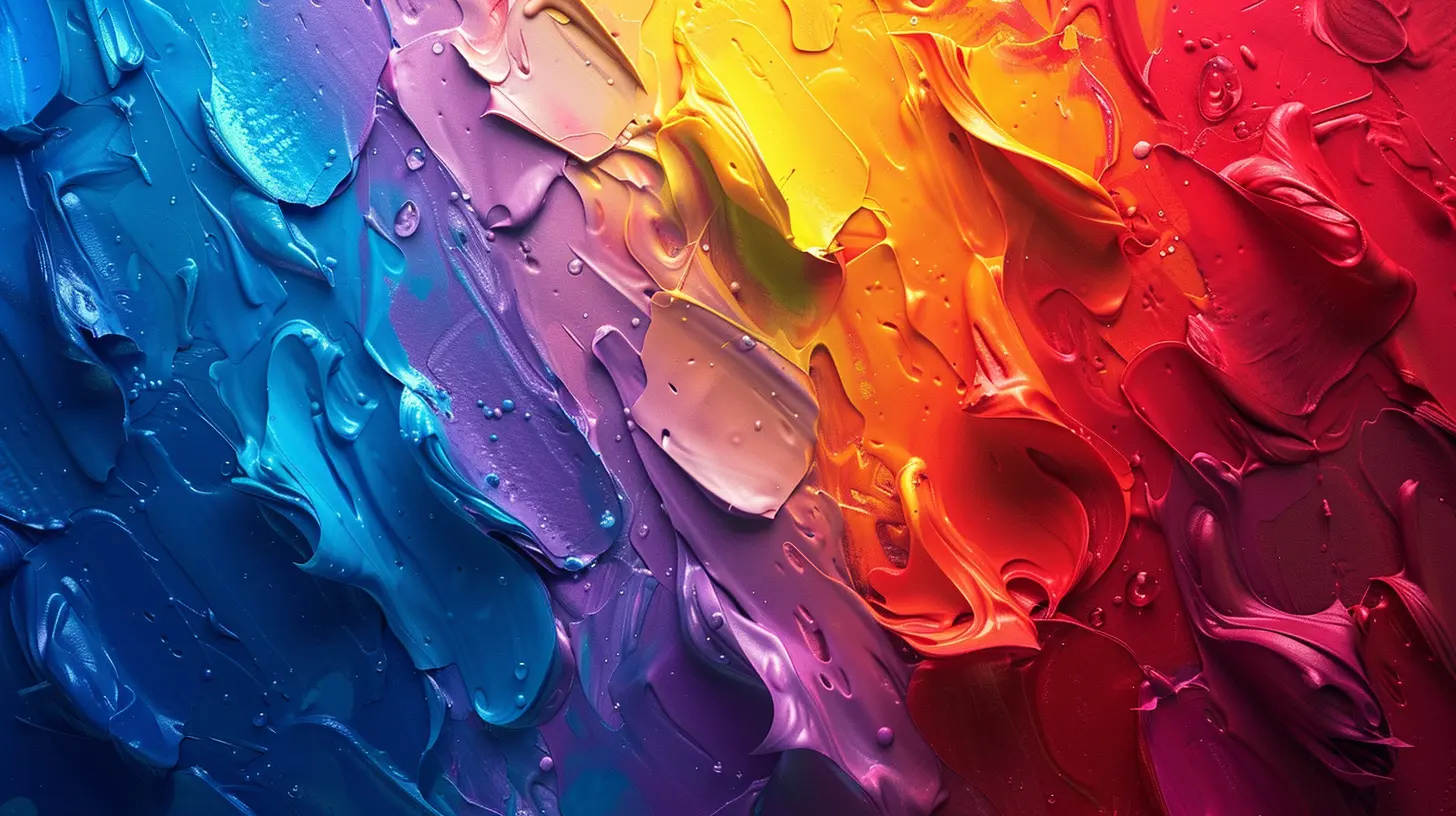
Building a Color Palette for Emotional Impact in Games
Now that we’ve covered what different colors mean, how do you actually go about using them in your game? It all starts with crafting the right color palette. A well-thought-out palette can set the emotional foundation for your entire game.1. Define the Mood of Your Game
Ask yourself: What do I want players to feel? Excited? Anxious? Nostalgic? Your answer will shape your core palette. For a horror game, you might lean on dark reds, blacks, and muted grays. For a cozy farming sim? Pastel greens, yellows, and blues are your best friends.2. Use Contrast to Guide Attention
In busy game environments, players need visual cues to figure out where to go or what to do. High-contrast colors can make objects stand out. For instance, placing a bright yellow door in a dimly lit room instantly signals its importance.3. Think About Color Harmony
Colors that work well together create a cohesive experience. For instance, analogous colors (colors next to each other on the color wheel) are great for serene, laid-back vibes. Complementary colors (opposites on the wheel) can bring drama and intensity when used wisely.4. Adapt to the Story’s Arc
Your game’s color palette doesn’t have to stay static. As the story progresses, your colors can shift to reflect changes in tone. A cheerful, colorful world turning dark and muted as a villain takes over? That’s an emotional gut punch done right.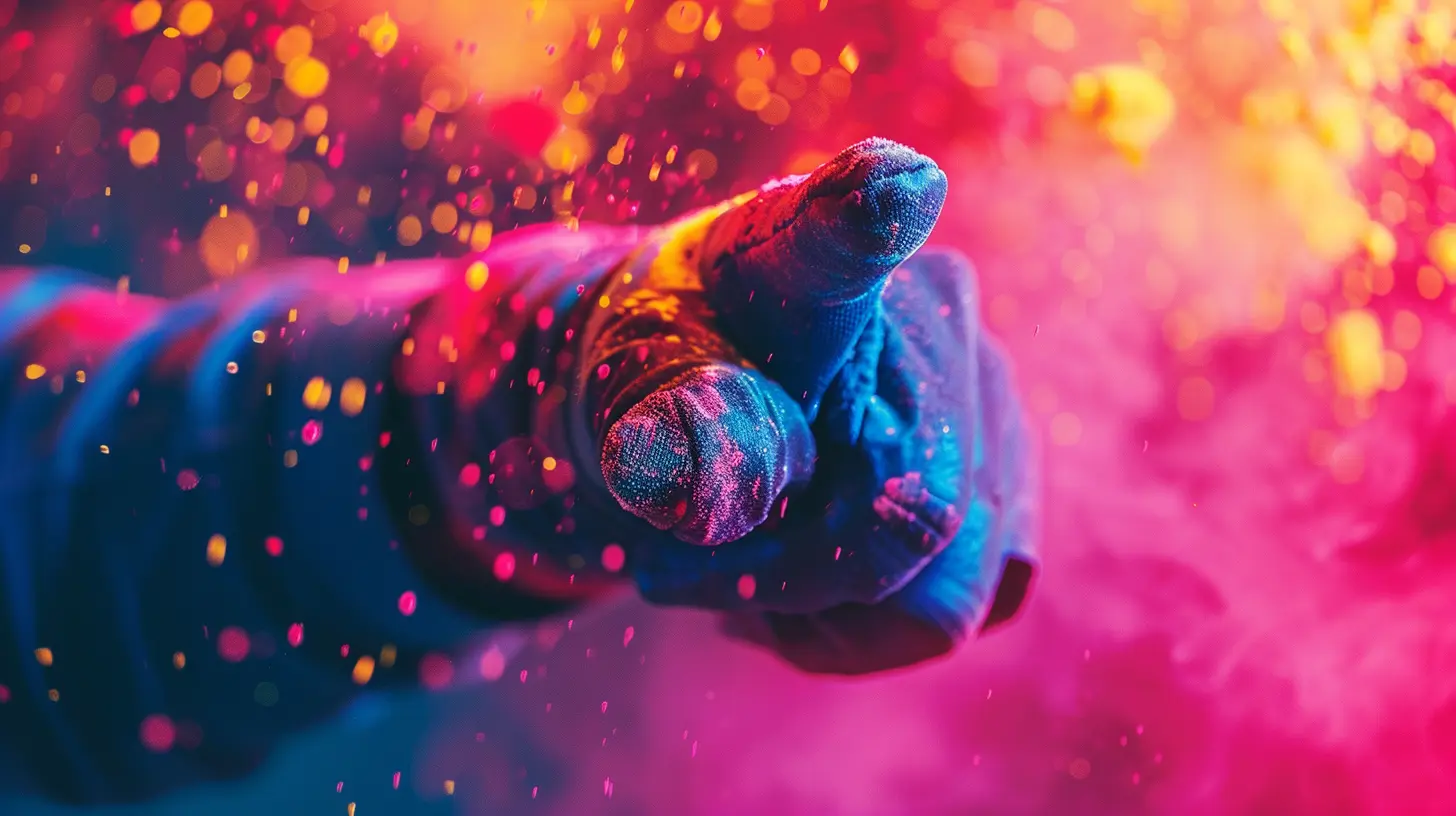
Real-Life Applications: Mastering Player Emotions Through Color
Want proof that color theory works? Let’s look at some of the masters of emotional storytelling in gaming.1. The Witcher 3: Wild Hunt
Have you noticed how the use of muted greens and grays creates a grounded, grim vibe? It enhances the feeling of being in a morally complex, war-torn fantasy world. But during moments of peace, the colors brighten, offering a brief emotional respite.2. Celeste
This platformer uses color shifts to represent the main character’s emotional journey. Cool blues dominate during moments of reflection, while intense reds and purples take over during action-packed anxiety-inducing challenges.3. Inside
Here’s a game that uses gray-scale environments with pops of red to create unease and tension in players. That little splash of color adds urgency and focus amidst the eerie landscape.Tips for Game Designers: How to Nail Color Theory in Your Projects
Alright, ready to level up your design skills? Here are a few tips for using color theory like a pro:- Playtest for Emotional Impact: Test how players react to your color choices during gameplay. Do their feelings align with your intentions?
- Use Lighting to Accentuate Colors: Lighting can make your colors pop or fade. Experiment with different light sources to achieve the perfect mood.
- Don’t Overdo It: Too many bold colors can overwhelm players. Balance is key—use neutral tones to let bright colors stand out.
- Stay Consistent with UI: Your menus, health bars, and inventory should match your game’s overall color palette. This creates a seamless experience.
- Study Real-Life Examples: Pay attention to how other games use color theory and take notes. There’s no shame in drawing inspiration from the best!
Final Thoughts: Make Your Game Unforgettable with Color
Colors are more than just decoration—they’re emotional tools that can transform your game from “meh” to memorable. By understanding color theory and how it affects player emotions, you can create worlds that feel alive, characters that resonate, and stories that stick with players long after the credits roll.So, next time you boot up a game, pay attention to its colors. Chances are, there’s some genius design work happening behind the scenes. And if you're a developer? Use that color wheel like your life depends on it—your players will thank you.
all images in this post were generated using AI tools
Category:
Game DesignAuthor:

Aurora Sharpe
Discussion
rate this article
4 comments
Maddox McSweeney
Absolutely loved this article! Color theory is such a powerful tool in game design. It's amazing how much emotion can be evoked through color choice. Thank you for sharing these insights—can't wait to apply them to my projects!
May 23, 2025 at 3:38 AM

Aurora Sharpe
Thank you so much! I'm glad you found the article helpful—excited to see how you apply these concepts in your projects!
Ranger Gutierrez
Color theory is a powerful tool in game design! Harnessing hues can shape player experiences and emotions, creating captivating worlds that resonate deeply. Let your creativity shine and transform gameplay!
May 13, 2025 at 2:51 PM

Aurora Sharpe
Absolutely! Color theory is essential in game design, influencing player emotions and enhancing immersion. Excited to explore how hues can elevate gameplay!
Zedric McAnally
Color shapes perception profoundly; use it intentionally to enhance emotional engagement and player experience.
May 12, 2025 at 3:18 PM

Aurora Sharpe
Absolutely! Strategic use of color can significantly enhance emotional connections in gameplay, guiding player experiences and responses effectively.
Jillian McNeal
Color theory effectively shapes player emotions, enhancing engagement and experience.
May 12, 2025 at 3:34 AM

Aurora Sharpe
Absolutely! Color theory is a powerful tool in game design, as it can evoke specific emotions and deepen player immersion.
